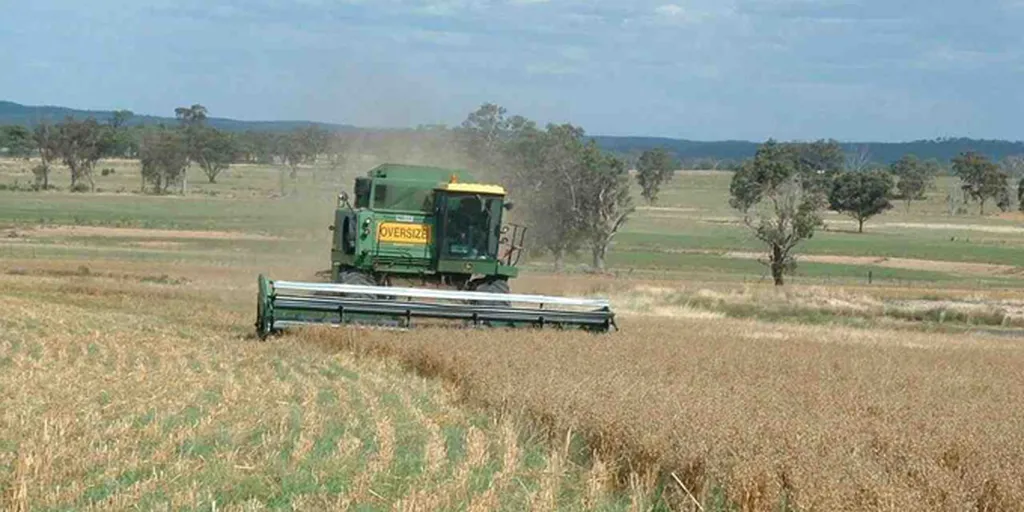In the heart of India’s agricultural landscape, a groundbreaking study is reshaping the way we think about productivity, profitability, and soil health in maize-wheat systems. Led by Amit Kumar from the ICAR-Indian Agricultural Research Institute in New Delhi and the ICAR-RC for NEH Region in Sikkim, this research is not just about boosting crop yields; it’s about redefining sustainable agriculture for the future.
The study, published in the journal ‘Sustainable Futures’ (which translates to ‘Durable Futures’), delves into the world of conservation agriculture (CA) practices, exploring how tillage, crop residue management, and phosphorus fertilization can transform the maize-wheat (M-W) system. Over two years, Kumar and his team conducted a field experiment with fifteen different treatment combinations, each telling a unique story about the potential of these practices.
The results were nothing short of remarkable. Zero tillage (ZT) with residue retention and a phosphorus dose of 34.4 kg P ha⁻¹ emerged as the winning combination, producing the highest maize equivalent yield (MEY) of 8.17 t ha⁻¹. But the benefits didn’t stop at productivity. This integrated approach also significantly enhanced soil organic carbon, water-stable aggregates, microbial biomass, and enzymatic activities, painting a picture of a healthier, more resilient soil ecosystem.
“These findings demonstrate that integrating CA practices and optimal phosphorus management can enhance system productivity, profitability, and soil sustainability,” Kumar explained. “This is not just about growing more crops; it’s about creating a sustainable future for agriculture.”
The economic implications of these findings are substantial. The same integrated practices that boosted productivity also increased net economic returns to $2701 ha⁻¹. Moreover, phosphorus application with microbial inoculants under ZT without residue yielded the highest energy use efficiency, a crucial factor for the energy sector.
So, what does this mean for the future of agriculture? As Kumar puts it, “These practices support national goals for agri-food security, climate resilience, and environmental sustainability, aligning with the Sustainable Development Goals.” In other words, this research is not just about shaping the future of agriculture; it’s about ensuring a sustainable future for us all.
As we look ahead, the integration of CA practices and optimal phosphorus management could very well become the cornerstone of sustainable agriculture. It’s a future where productivity and profitability go hand in hand with soil health and environmental sustainability. And it all starts with a simple yet powerful idea: conservation agriculture.
In the words of Amit Kumar, “This is not just about growing more crops; it’s about creating a sustainable future for agriculture.” And with these findings, that future is looking brighter than ever.

